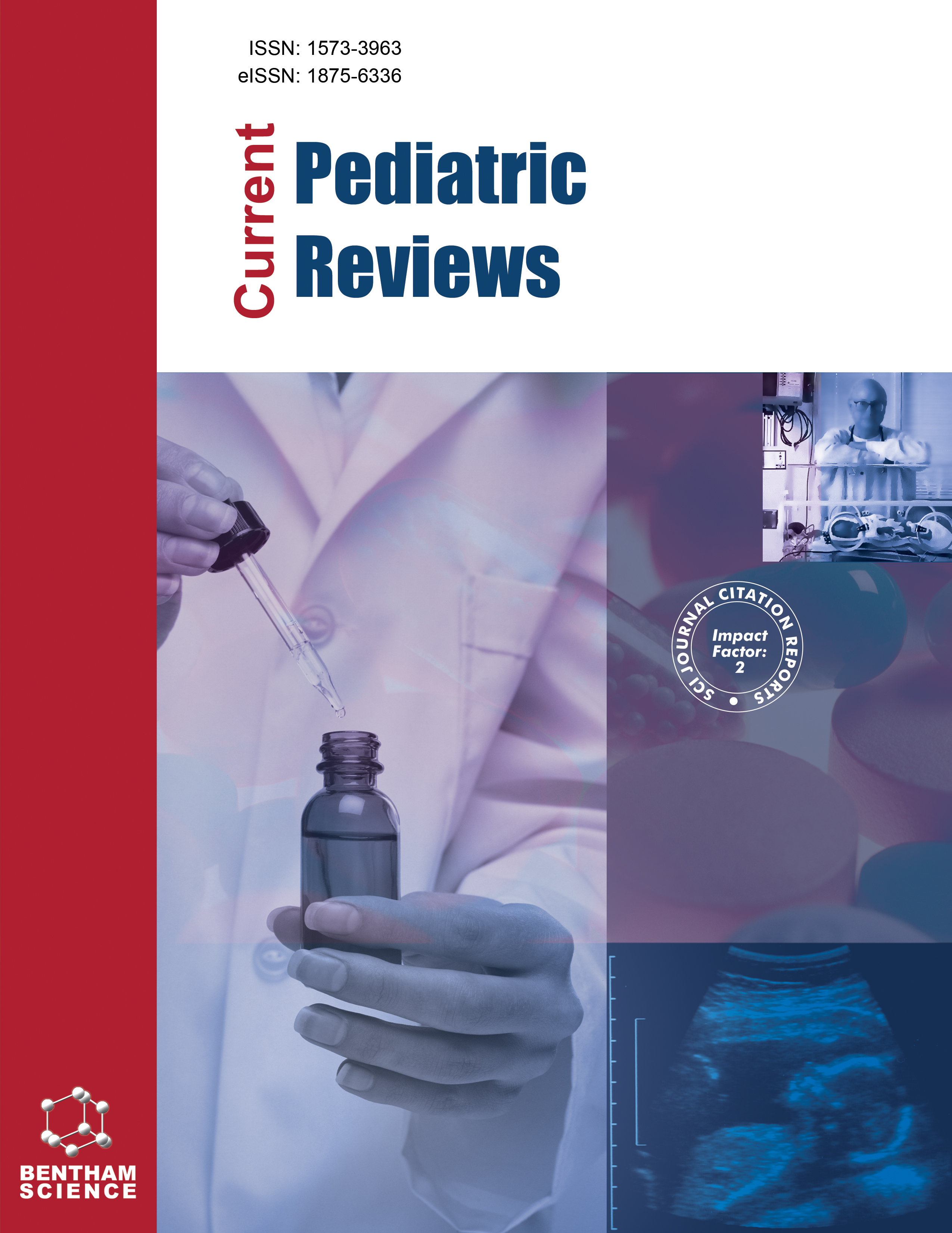-
s Neurobehavioral Evaluation in the Preterm and Term Infant
- Source: Current Pediatric Reviews, Volume 10, Issue 1, Feb 2014, p. 65 - 72
-
- 01 Feb 2014
Abstract
Neurobehavioral examinations of babies, both term and preterm, have been used in neonatology for many decades. However, with the advent of new technologies and, perhaps more “scientific” ways of assessing high risk infants, it seems that neurobehavioral examinations may have become somewhat redundant in some nurseries. Yet these examinations remain an important part of clinical practice. They help to increase our understanding of an infant’s behavior, including their strengths and vulnerabilities, thus enabling us to adjust our care and parent education accordingly. These examinations also assist us to identify those most at risk of developmental disabilities, enabling further assessment and intervention to be considered as early as possible. Whilst it remains a challenge to try and quantify neonatal neurobehavior, there are numerous tools available that can greatly assist us. This review did not find a tool that served all populations and all assessment purposes. Consequently, the clinician or researcher needs to choose the appropriate assessment depending on matters such as the infant’s gestation and the assessment’s goal and training requirements. Further research is needed to develop neurobehavioral assessment tools, particularly for extremely preterm infants, which are easily accessible in the clinical setting and can be used from birth.


